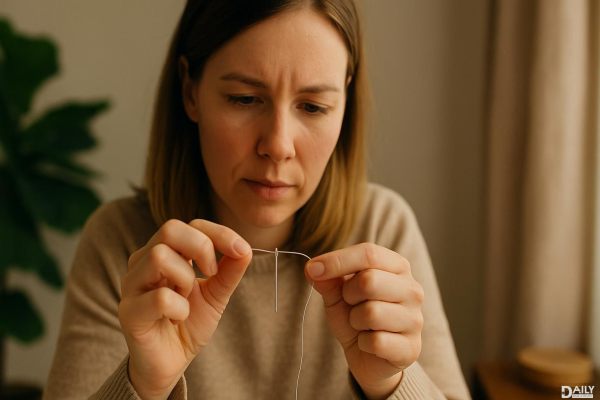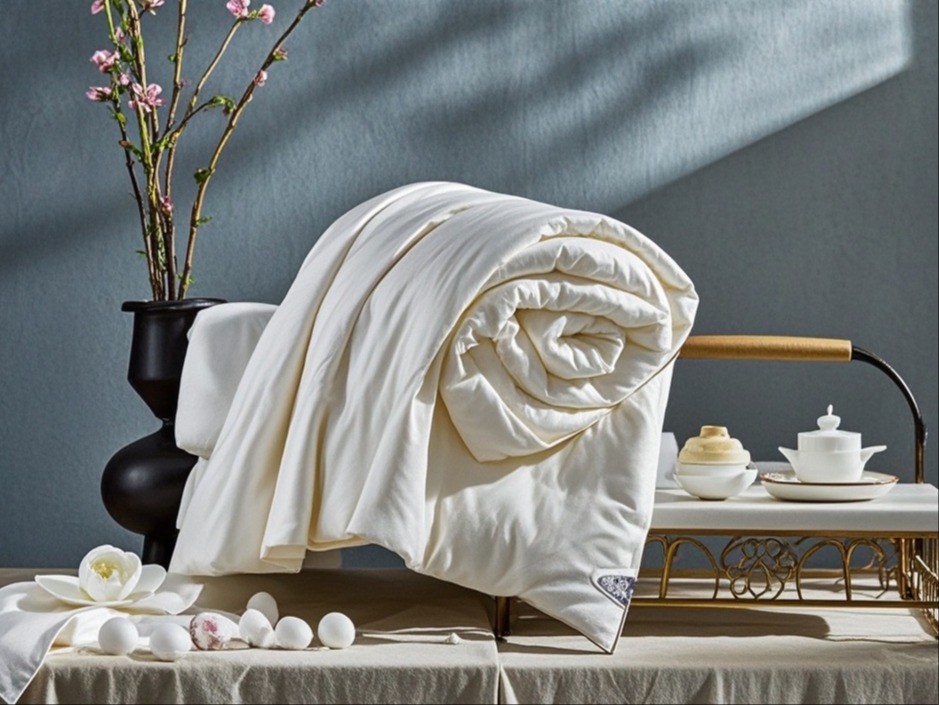Threading a needle can feel like trying to win the lottery—frustrating, time-consuming, and often leaving you wondering if it’s even worth the effort. But don’t sweat it; there’s a simple trick that’ll make this tedious task a breeze. Whether you’re sewing a button back on your favorite shirt or tackling a DIY project, this method will save you time and sanity. Let’s dive in and get that thread through the eye of the needle without the usual headache.

First off, let’s talk about why threading a needle can be such a pain. The eye of the needle is tiny, and if your thread is frayed or too thick, it’s like trying to fit a square peg into a round hole. Add shaky hands or poor lighting to the mix, and you’ve got a recipe for frustration. But here’s the kicker: it’s not just about the needle or the thread—it’s about the technique. Most of us were taught to lick the thread and try to poke it through, but there’s a better way.
Here’s where the magic happens. Grab a small piece of paper—a sticky note, a receipt, or even a scrap from an envelope will do. Fold the paper in half lengthwise, creating a sharp crease. Now, place the thread inside the fold, leaving just a tiny bit sticking out. Trim the excess paper so it’s slightly wider than the thread but still narrow enough to fit through the needle’s eye. The result? A stiff, pointed “tool” that guides the thread effortlessly through the needle. It’s like giving your thread a little suit of armor.
Let’s break it down step by step so you can nail this technique every time. First, cut a small strip of paper—about an inch long and a quarter-inch wide. Fold it in half lengthwise to create a sharp edge. Next, place your thread inside the fold, leaving just a millimeter or two exposed. Trim the paper so it’s slightly wider than the thread but still narrow enough to fit through the needle’s eye. Now, hold the needle in one hand and the paper “tool” in the other. Slide the paper through the eye of the needle, and the thread will follow effortlessly. Once the thread is through, gently pull the paper away, and voila—your needle is threaded!
If you want to take this trick to the next level, here are a few pro tips. First, make sure your thread is cut cleanly—no frayed ends allowed. A sharp pair of scissors will do the trick. Second, if you’re working with a particularly stubborn needle, try moistening the thread slightly. A quick lick or a dab of water can help stiffen the thread just enough to make threading easier. Finally, good lighting is key. If you’re squinting at your needle, you’re making the job harder than it needs to be. Set up a bright light or work near a window to make the process smoother.
You might be wondering why this method is better than the traditional “lick and poke” approach. For starters, it’s way more reliable. The paper acts as a guide, ensuring the thread goes exactly where it needs to. Plus, it’s less messy—no more soggy thread or sticky fingers. And let’s not forget the time-saving aspect. Once you get the hang of it, you’ll be threading needles in seconds, not minutes. It’s a game-changer for anyone who’s ever struggled with this seemingly simple task.
While this method works like a charm for most needles, there are a few exceptions. If you’re working with an extremely fine needle or a thread that’s too thick, you might need to tweak the technique. For example, with a super-thin needle, you’ll want to trim the paper even narrower to ensure it fits. On the flip side, if your thread is too thick, consider splitting it into thinner strands or using a larger needle. The key is to adapt the method to your specific needs.
If you’re not into the paper trick or want an even quicker solution, consider investing in a needle threader. These handy little tools are designed to make threading needles a snap. Simply insert the wire loop of the threader through the needle’s eye, thread your thread through the loop, and pull the threader back through. It’s fast, easy, and foolproof. Plus, needle threaders are cheap and widely available, making them a great addition to your sewing kit.
Threading a needle doesn’t have to be a frustrating ordeal. With this simple paper trick, you’ll be able to tackle any sewing project with confidence and ease. Whether you’re a seasoned pro or a total newbie, this method will save you time, effort, and a whole lot of headaches. So next time you’re staring down the eye of a needle, remember: all you need is a little piece of paper and a whole lot of determination. Happy sewing!
























